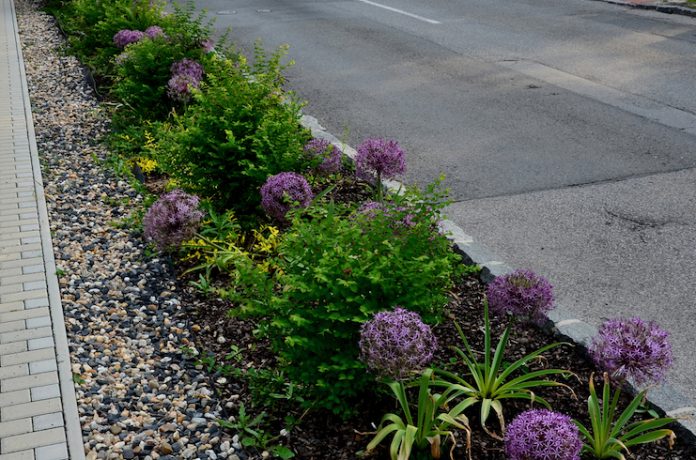
Many travelers will hit the road this summer, increasing the need for enhanced curbside appeal at hotels near mainline routes. And while the adage reminds us to “not judge a book by its cover,” this is exactly what travelers do when they decide to stay at your hotel. The housekeeping and maintenance departments must coordinate their efforts to showcase a property that is clean, well maintained, and visually appealing.
First impressions count: Nothing is more unappealing to prospective guests than arriving at a hotel with uncut lawns, untrimmed shrubbery, rampant weeds, a poorly maintained and dimly lit parking lot, overflowing trash cans, or cigarette butts littered near the hotel entrance. Flickering signage or burned-out exterior lights evoke images of a Bates Motel scenario. A poorly maintained outdoor swimming pool with surface debris or murky water, littered pool towels, scattered poolside furniture, extinguished underwater lights, or missing lifesaving equipment convey unkempt and unsanitary conditions. Buildings with peeling or faded paint and rusty metal surfaces emit a message that management does not believe that these imperfections warrant their attention. The traveler interprets these red flags as absence of care and pride and warning signs about lack of cleanliness, safety, and security.
Where to start: To entice travelers, hotels need to get them past the curb and into the lobby. Start-of-shift tasks should commence with addressing any exterior deficiencies. Management must walk the grounds to identify areas that require immediate attention. Both housekeeping and maintenance personnel should complete exterior tasks before interior duties. Revisit exterior areas throughout the day to ensure that cleanliness is maintained. Remember, to increase your hotel’s average daily rate, grow its occupancy, and ensure high levels of guest satisfaction, you must maintain an exterior environment that does not disillusion guests and compel them to seek accommodations elsewhere.













